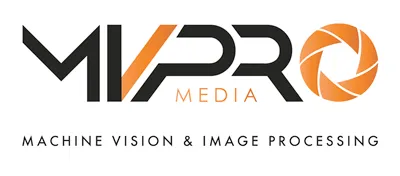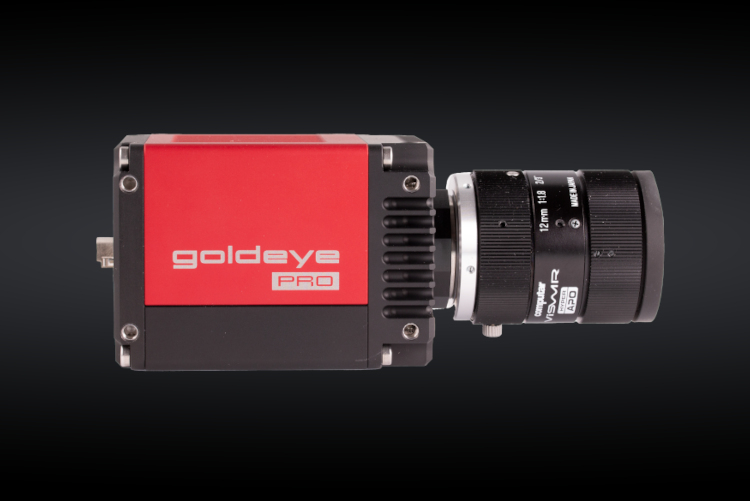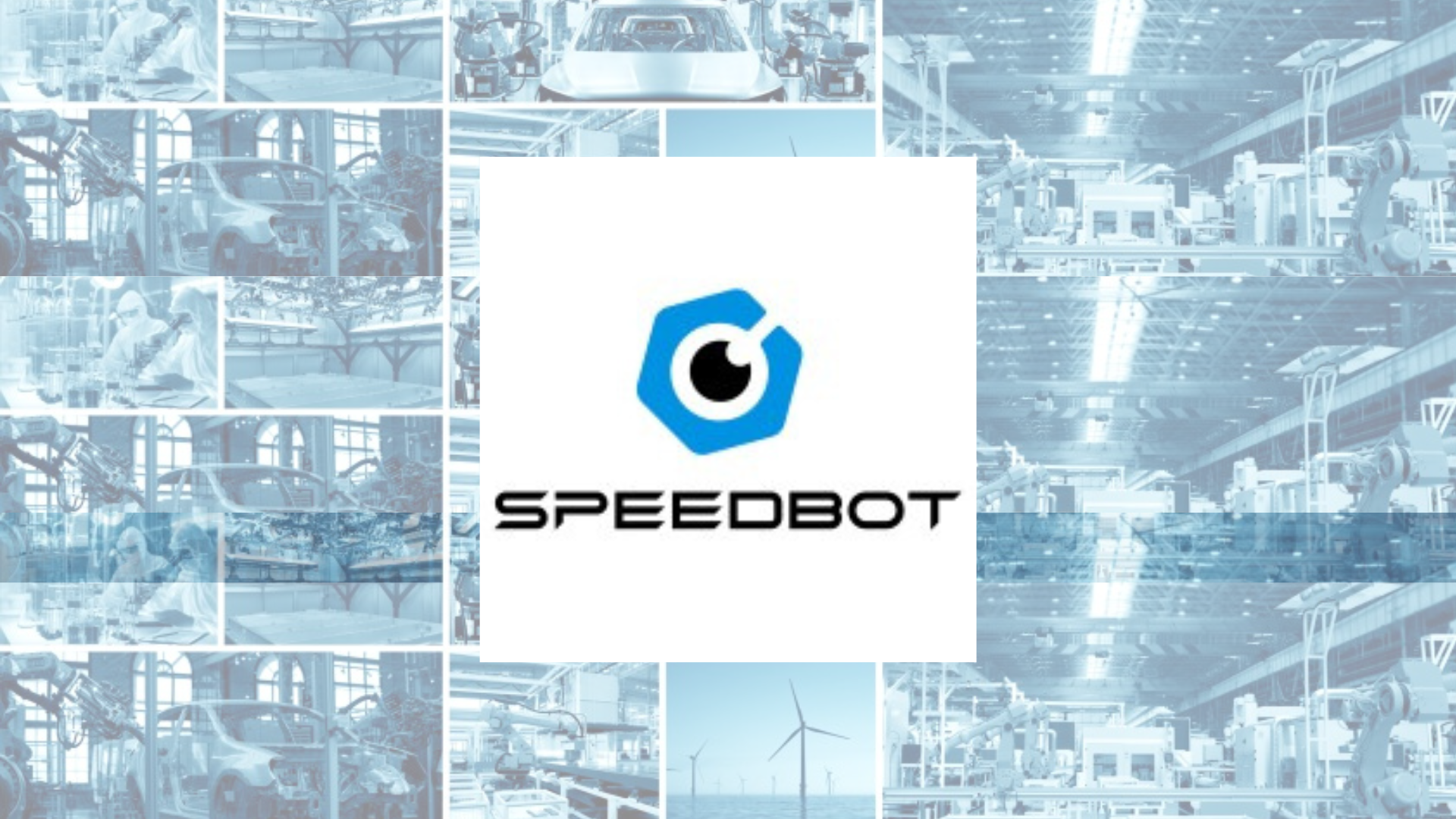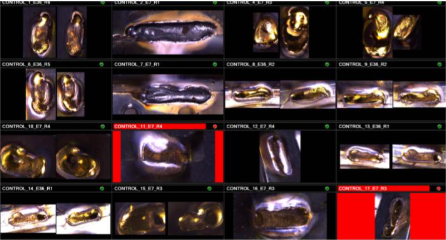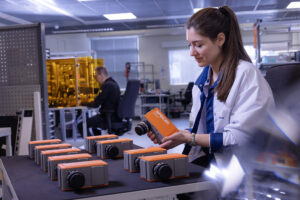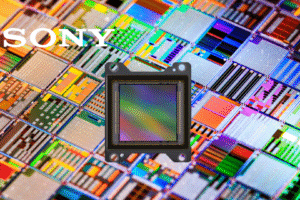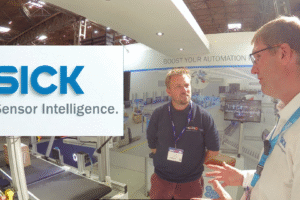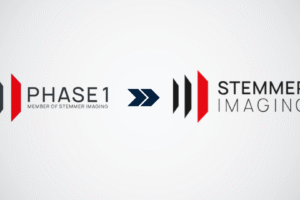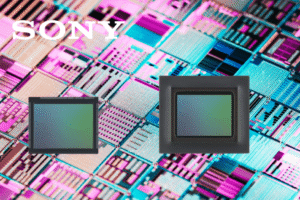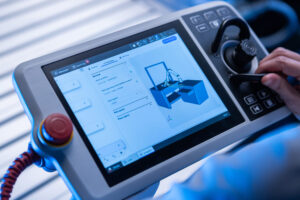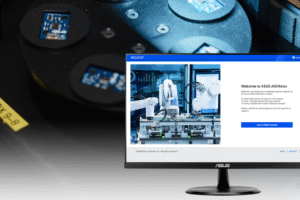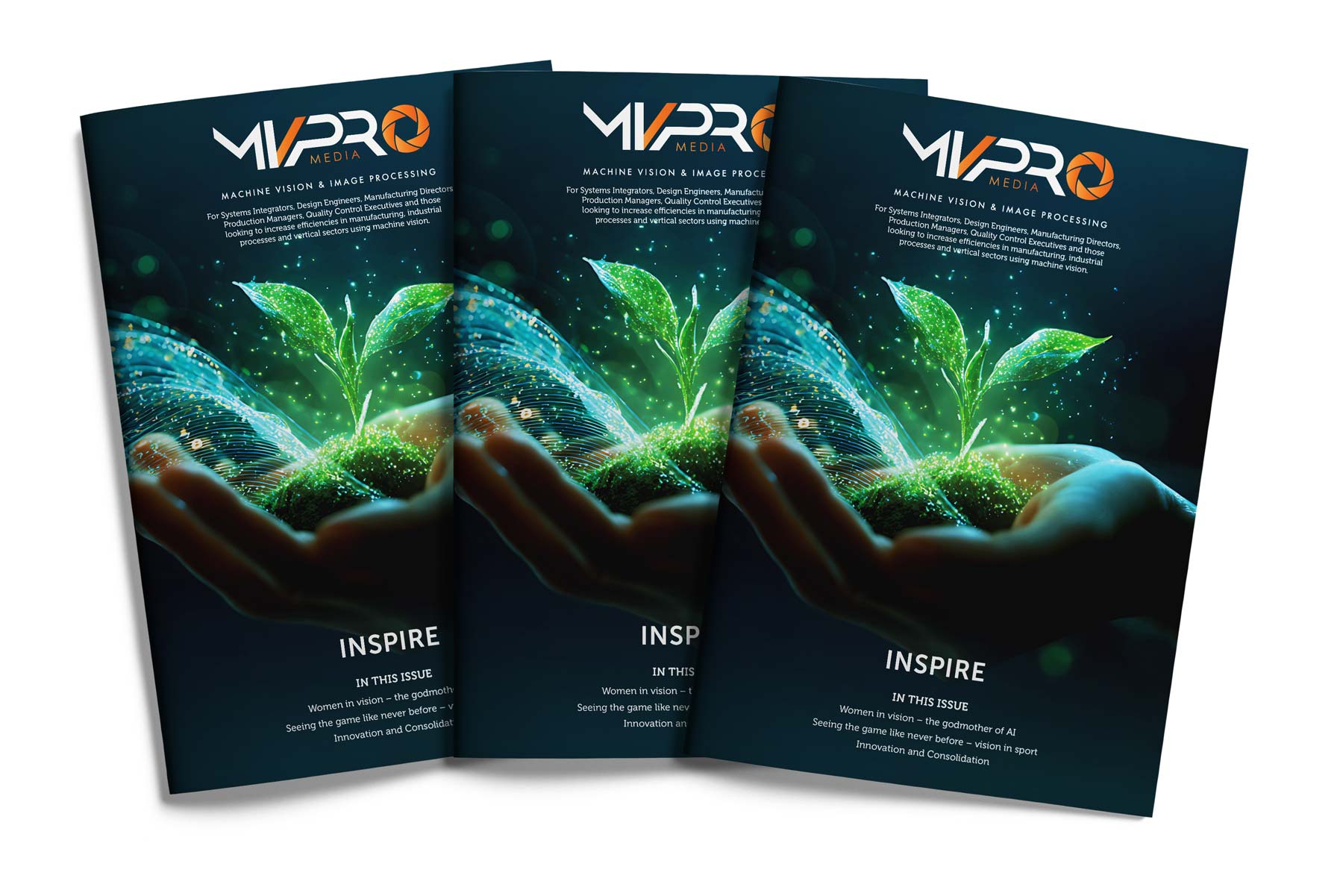Measurement speed and precision are critical performance parameters in inline 3D inspection. This is especially true in modern high volume production environments where process and task times are short and manufacturing tolerances are often defined in micrometers. Conventional optical 3D measurement methods such as laser triangulation and structured light technologies have been used extensively in industrial applications for decades now.
These techniques are mature, and their potential limitations are well documented–– including sensitivity to surface reflection characteristics, large changes in specular reflection versus scattered light intensity due to surface finish or angular slope, multiple reflection and scattering paths of the target, and limited z-precision due to speckle diffraction effect.
Another class of optical methods with relatively high z-precision and leveraging the chromatic confocal principle are available for specialized industrial 3D measurements. Common to these methods is the use of polychromatic light and chromatic dispersion optics that encode height information to wavelength.
And now with LMI’s new-generation of smart 3D line confocal sensors, the Gocator 5500 Series, factories now have access to the industry’s first smart line confocal sensor technology for inspection of the most challenging manufactured material structures.
About Smart Line Confocal Imaging (LCI) Sensors
Smart line confocal sensors deliver high speed, wide coverage line scanning with simultaneous generation of 3D topography, 3D tomography, and 2D intensity data. These powerful sensors can scan practically any material type––including multi-layered, transparent/translucent, curved edge, shiny/specular, high-contrast textured, mixed, and many more––with submicron precision, and at a level of quality and speed that outperforms competing confocal technologies.
That said, what makes them ground breaking is that they are built on LMI’s leading smart sensor design architecture that includes an easy-to-use web-based interface with built-in measurement tools, I/O connectivity, and multi-layer profiling support accelerated using a PC.
Generates 3D tomography, 3D topography, and 2D intensity data
The key advantage of line confocal sensors is their ability to generate 3D topography (3D surface geometry), 3D tomography (multi-layer 3D geometry and 2D intensity), and 2D intensity data simultaneously over a wide coverage line scan at fast scan rates (over 16 kHz with PC acceleration). This makes it possible to measure the thickness of individual layers or detect defects on secondary layers.
This allows Gocator® 5500s to scan practically any material type––including multi-layered, transparent/translucent, curved edge, shiny/specular, high-contrast textured, mixed, and many more––with submicron precision, and at a level of quality and speed that outperforms competing confocal technologies.

Dual-axis optical design to detect finer features
Gocator 5500 sensors use a dual-axis optical system that improves noise immunity and provides higher signal quality. This makes it possible to scan difficult surfaces and very fine features.
High-speed. High Resolution.
Gocator® 5500 sensors feature a custom high-speed imager and high-performance electronics to deliver metrology-grade inspection at over 16 kHz with PC acceleration, with scaling fields of view, X resolutions up to 2.5 microns, and Z repeatability up to 0.05 microns.
For more information, click here
